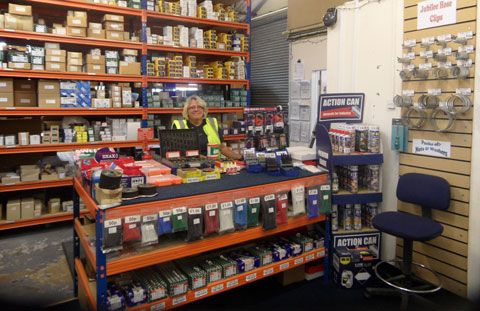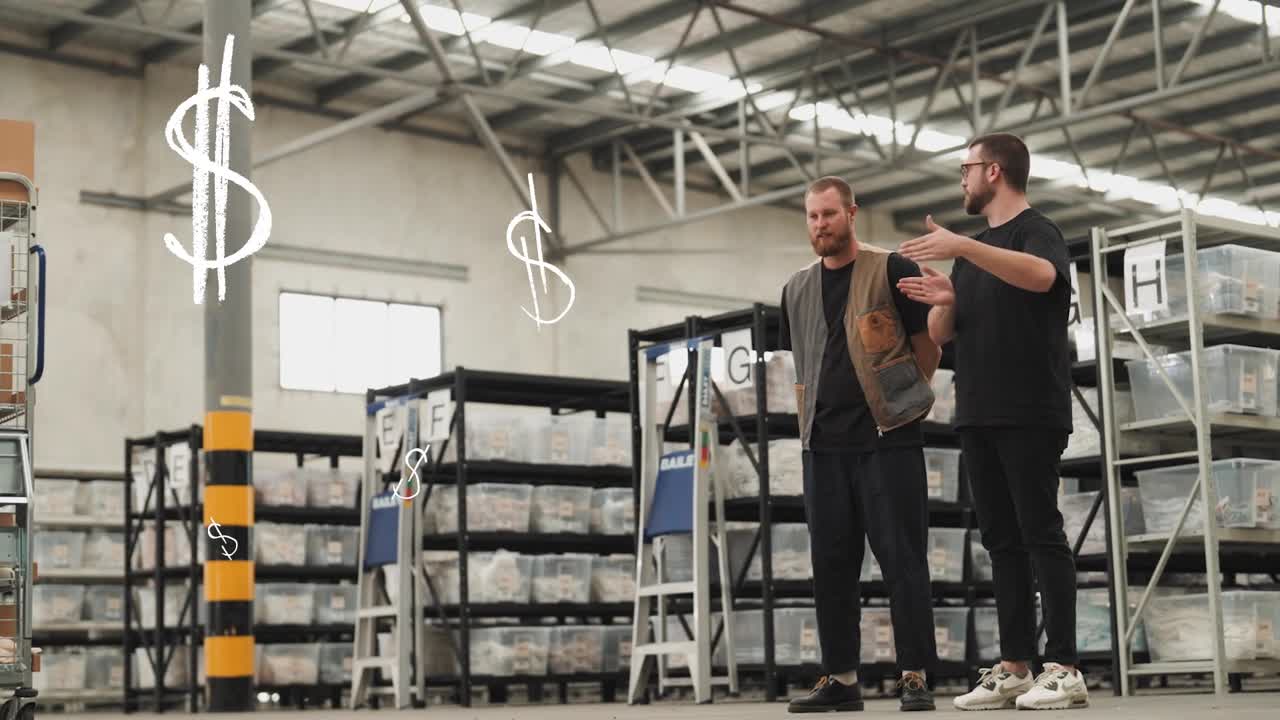Today’s blog is about one particular scenario and the various solutions available for ecommerce companies with a warehouse and a retail store, showroom, or trade counter attached to the warehouse in the same location. Specifically, we want to address those businesses for whom the majority of inventory and the majority of business is online.
From the outset, it’s tricky because what works for online orders isn’t necessarily a perfect match for what people coming in off the street need. The same goes for the technology underpinning your operation – you will be faced with decisions and potential trade-offs between the rigid accuracy and inventory management required for online retail versus the flexibility and ‘ad-hoc’ nature of serving real customers in-store in real time.
There are three main scenarios to address:
- The inventory in the retail store is also available to purchase online
- The inventory in the warehouse is also available to be sold to ‘in-store’ customers
- The inventory in the retail store is NOT available online
So let’s get into it.
The inventory in your retail store is also available online
In the first case, you probably want the maximum possible inventory available to sell online, so you will make it so that all your inventory, both stored in the warehouse and on shelves in your retail store, IS available to purchase online. Now the role of the WMS is to control the inventory numbers, so to do that effectively, it needs to know where the inventory is.
Our default approach is to tell the WMS exactly what inventory you have in store: one option is to set up the retail store as a ‘bulk storage’ location, which means pickers will never be sent to the retail store to ‘pick’ any items from it. Then, you’ll be able to generate a report of everything that has been sold online that does need to be taken from the retail store so that the next morning, someone can go in before the store opens, ‘move’ all those items off sale in store and into the warehouse proper, where they can then be dispatched as normal ecommerce orders.
Alternatively, you can set the entire retail store up as a pick location. However, that does open you up to the likelihood of having multiple pickers rolling through the retail store throughout the day looking for specific items (perhaps even plucking them out of customers’ hands in-store!).
As for when someone comes in off the street to buy something in your retail store, equally, you need a way to get that item ‘off’ the online store to keep the inventory levels accurate everywhere, physically and digitally. The easiest way to do that is to have an Android device with the WMS app, the same as in the warehouse, in the retail store, so that you scan the item at the point of purchase to remove it from the inventory. Alongside that process, you need to perform the ‘checkout’ process with the Point of Sale (Shopify POS, Vend, Square, etc, all work here) with the customer to take payment, print a receipt, etc.
One of our clients, Hattons Model Railways, has a clever way of running this process. In their retail store, every time a customer buys something, they automatically print a record of that transaction with the product’s barcode on it. Then, as a separate task intermittently throughout the day, those barcodes are all scanned to remove those products from the master inventory efficiently.
The reason for keeping your inventory up to date in real-time, of course, is so that you never face the customer-loyalty killer of having to cancel an order a customer makes because you don’t actually have any left of the item they’ve been able to purchase.
All your inventory is available, both in-store on the shelves and in the warehouse
So in this second case, you want as much as possible to be available to the in-store customers, so you let your team go and get things from the warehouse. It’s important to consider what percentage of your business is in-store versus online. If it’s not a large proportion, then having your inventory this way is probably not worth it. However, perhaps you were a trade desk or retail store first, and you’ve only just added ecommerce to the mix.
You’re faced with an immediate problem trying to use our WMS in this setup. Peoplevox is not an ‘order-taker’, so if someone walks in and wants something that is only located in the warehouse, they’d want it straightaway, rather than having to wait for the team to process that order as an online order, allocate it, pick it with the system, remove it from inventory and then hand it over. That’s not smooth enough for an in-store experience. We recommend creating some form of workaround, such as a ticket-printing system that customers use in-store to request items. Those print-out tickets could feature the item’s barcode, and with the Android app scanning, the barcode would tell the picker where exactly that item was in the warehouse.
You keep your inventories separate – retail shelves for in-store, warehouse for online
This one’s easy… if the retail store inventory is kept separate from the online store inventory, there is nothing to solve! We’d recommend keeping the two inventories separate and focussing on providing an exceptional, tailored experience to your different customer bases. When the brands we work with decide to focus on one thing or take their different channels in unique directions with proper focus, they rarely look back.







